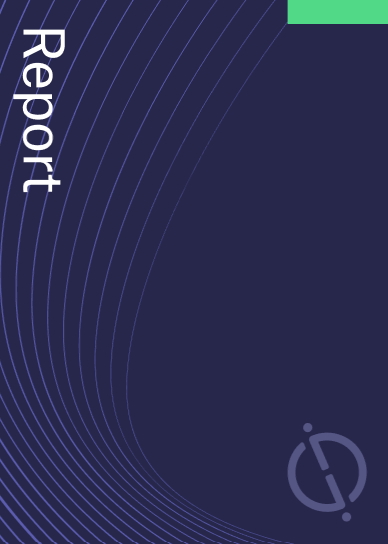China Petrochemical has been granted a patent for a method of producing epoxyalkane. The method involves separating a stream containing epoxyalkane and an extracting agent in a separation column, purifying the extracting agent, and returning it to the separation column. The patent claims that the epoxyalkane stream contains at least 99.95% epoxyalkane and not more than 0.05% extracting agent, while the extracting agent stream contains at least 99% extracting agent and not more than 1% epoxyalkane. GlobalData’s report on China Petrochemical gives a 360-degree view of the company including its patenting strategy. Buy the report here.
According to GlobalData’s company profile on China Petrochemical, AI assisted CAD was a key innovation area identified from patents. China Petrochemical's grant share as of September 2023 was 66%. Grant share is based on the ratio of number of grants to total number of patents.
Method for producing epoxyalkane using extractive distillation
A recently granted patent (Publication Number: US11773072B2) discloses a method for producing an epoxyalkane with high purity. The method involves several steps to separate the epoxyalkane from an extractant.
In the first step, a crude product stream containing the epoxyalkane and the extractant is sent to an extractive rectification column for extractive distillation. This process results in a crude epoxyalkane stream containing the epoxyalkane and the extractant.
Next, the crude epoxyalkane stream is introduced into a separation column, which separates the epoxyalkane stream from the top and the extractant stream from the bottom.
The extractant stream is then divided into three streams. The first stream is heated in a column reboiler and returned to the separation column. The third stream is purified in an extractant purifier to remove heavy components with higher boiling points than the extractant. The purified stream becomes a vapor phase or a vapor-liquid mixture.
The vapor phase or vapor-liquid mixture is returned to the separation column, while the second stream is fed back to the extractive rectification column.
It is important to note that the third stream, which undergoes purification, accounts for 2-20% by weight of the total extractant stream.
The resulting epoxyalkane stream contains not less than 99.95% by weight of the epoxyalkane and not more than 0.05% by weight of the extractant. On the other hand, the extractant stream contains not less than 99% by weight of the extractant and not more than 1% by weight of the epoxyalkane.
The patent also provides additional claims related to the method. These claims include variations in the extractant purifier, the temperature difference between the first and third streams, the temperature and pressure conditions in the separation column, the ratio of extractant to epoxyalkane in the stream, and the specific epoxyalkane used in the process.
Overall, this patented method offers a reliable and efficient way to produce high-purity epoxyalkane, which can have various industrial applications.
To know more about GlobalData’s detailed insights on China Petrochemical, buy the report here.
Data Insights
From

The gold standard of business intelligence.
Blending expert knowledge with cutting-edge technology, GlobalData’s unrivalled proprietary data will enable you to decode what’s happening in your market. You can make better informed decisions and gain a future-proof advantage over your competitors.






